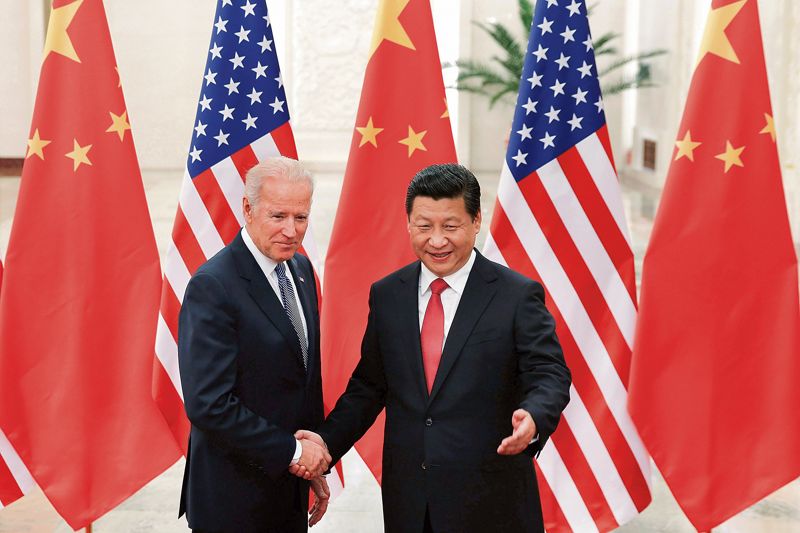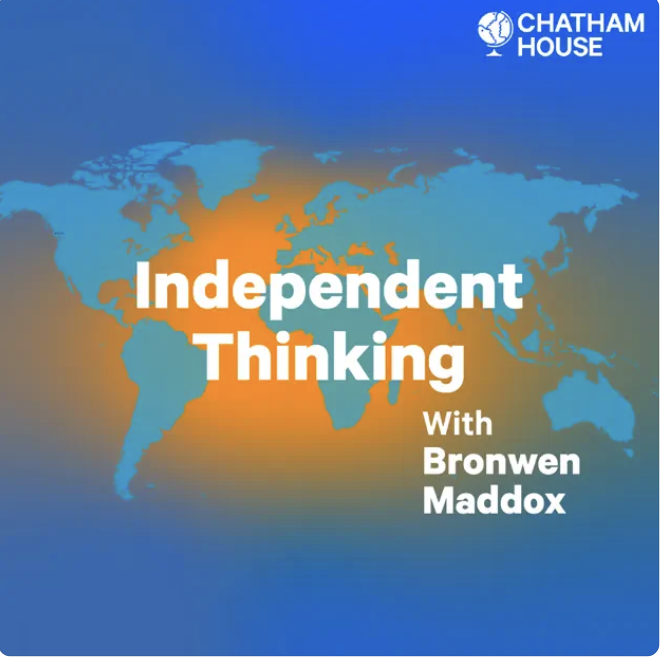Three Is a Crowd
THE TRIBUNE
APLN member Shyam Saran writes: US did a China on the Soviet Union in 1972; now, China is doing a Russia on America. Read the original column at The Tribune here.
WHEN US President Nixon landed in Beijing on February 21, 1972, to be received by Chinese Premier Zhou Enlai, the sense of being at the threshold of a geopolitical turning point was palpable across the world. I was then in Hong Kong studying Mandarin and recall being glued to the TV, watching the live coverage of the visit. Among my local Chinese friends, there was excitement and apprehension in equal measure — pride that the leader of the West was paying obeisance to the sage king of eternal China; fear of what this embrace of a ruthless polity would mean for their future. China was in the throes of the tumultuous Cultural Revolution which was still upending lives of both its leaders and masses. The world had just learnt of the death of Lin Biao, the designated successor of Chinese leader Mao Zedong, in a plane crash in the Mongolian desert after a failed coup attempt.
The nightmare scenario for India would be if the US decides that it confronts a greater threat from Russia and that this justifies a strategic accommodation with China.
The ideological campaigns and mass mobilisations in support of revolutionary rectitude were still in full swing. There was no hint at the time that this was an opening that would enable China to embark on a remarkable journey towards economic success and unprecedented military power within the space of just four decades. This is important to remember. The US was making a pure geopolitical play and not betting on China becoming ‘one of us’ by embracing capitalist policies. This was also true of China. Mao would have been horrified at the prospect of China straying from the socialist path and state-led economy. The opening up of China and the adoption of economic reforms and liberalisation would come in 1978, after Mao’s death and under the leadership of Deng Xiaoping.
The geopolitical gains for the US and China were significant. In a triangular power game, where each player had to contend with two adversaries, there were now two aligned against one. The US did a China on the Soviet Union in 1972. Today, it may be China doing a Russia on the US. The Shanghai Communique issued in 1972 by the US and China at the end of Nixon’s visit heralded the shaping of a new geopolitical landscape. Does the joint statement of the Russian Federation and the People’s Republic of China issued during Russian President Putin’s visit to China on February 4, 2022, mark a similar shift?
The world’s most powerful country, but conscious of the decline in its relative power, that is the US, was aligning with a weaker power, China, to put its peer competitor, the Soviet Union, on the defensive. Today, it is the world’s rising power, China, which is also aligning with a relatively weaker power, Russia, to put its peer competitor, the US, on the defensive. In both cases, the alignment between two adversaries was made possible by the lack of any significant perceived security threat from the new partner, even though there could be ideological differences. The spin-off from the alignment diminished when the Cold War ended and the US enjoyed its unipolar moment for the next 25 years, until the global economic crisis of 2007-8. The crisis dented its relative power and influence vis-à-vis China and other major powers. Could one witness the dawn of a Chinese unipolar moment if the US continues to weaken and cede strategic space, if not by default then by choice? This scenario should be the most worrying for a country like India. The negative factor at play is that in the triangular equation among the US, China and Russia, it is China which is pulling the strings. It is not inconceivable that the US may seek to manouevre itself out of its current constrained position by doing a deal with Russia on Europe and concentrating on the much more serious Chinese challenge. However, the US has allowed its strategic choices to be coloured by what seems to be a visceral antagonism towards Russia. In 1972, it did not matter to Nixon and Kissinger that they were toasting a ruthless totalitarian regime. Putin is nowhere in that league.
At the time of Nixon’s visit, the US had relative political stability, while China was in the middle of a chaotic situation. The Russian leadership was stable but stagnant. Today, it is the US which has deeply polarised domestic politics. That makes any partnership with the US today problematic and of uncertain value. Putin and Xi Jinping may be authoritarian leaders but appear to be strongly entrenched, for the time being.
US choices are also constrained by its deep economic and commercial entanglement with China which was not the case in competing with the Soviet Union during the Cold War. The US uses economic sanctions as a geopolitical instrument and has threatened Russia with dire economic consequences if it invades Ukraine. But this will only strengthen the China-Russian partnership. Several key partners of the US, such as France and Germany, are reluctant to join the US in imposing sanctions against Russia. They would be even more reluctant to do so against China where their economic stakes are much larger.
The nightmare scenario for India would be if the US comes to the conclusion that it confronts a greater threat from Russia and that this justifies a strategic accommodation with China. In blunt terms, concede Chinese dominance in Asia while safeguarding its European flank. This may well secure China’s unipolar moment but US obsession with Russia may obscure this eventuality.
Nixon’s visit had the flavour of ‘shock and awe’. What is unfolding is an incremental process which has been in play at least since the global economic crisis of 2007-8. Its implications may not be as dramatically apparent as the earlier event but its impacts are as serious and consequential. Strategic prudence demands that these different scenarios be examined clinically, their implications for India spelt out and possible options to safeguard the country’s interests considered in advance rather than be forced into ad-hoc reactions.
Cover Photo Source: Reuters




